Hilma af Klint, a Swedish artist born in 1862, is often considered a pioneer of abstract art. Her remarkable works, created well before the inception of abstract art movements, challenged conventional norms and delved into the realm of spirituality and the unknown. Beyond her artistic innovations, Hilma af Klint's life experiences and personal journey reflect a profound exploration of loneliness. This essay will explore the intricate connection between Hilma af Klint's art and her experience of loneliness, shedding light on how her introspective and visionary work speaks to the universal human condition.
Hilma af Klint grew up in a family deeply connected to spiritual and esoteric ideas, which greatly influenced her artistic development. Exposure to theosophy, a mystical belief system emphasizing the spiritual essence of the universe, shaped her perception of reality and influenced the themes she explored in her art.
Throughout her life, Hilma af Klint sought to bridge the gap between the seen and the unseen, embracing spirituality as a means of understanding the universe's hidden dimensions. She dedicated much of her art to exploring concepts like mysticism, symbolism, and the divine, resulting in a unique and deeply personal artistic language.
Loneliness is a complex emotion, often intertwined with introspection and self-reflection. For Hilma af Klint, her artistic journey served as a means of exploring her inner world and engaging with the solitude that accompanied it. Through her art, she sought to depict the profound human longing for connection and understanding in the face of existential isolation.
Af Klint's art often depicted abstract and symbolic forms, representing realms beyond the physical world. These ethereal and mystical elements can be seen as a reflection of her longing for a deeper connection with the spiritual and metaphysical aspects of existence. In her pursuit of transcendent experiences, she confronted and contemplated the profound sense of loneliness that can arise when exploring unknown realms.
Hilma af Klint's art aimed to evoke a sense of awe and wonder, tapping into the sublime aspects of the human experience. Through her vivid and imaginative compositions, she encouraged viewers to contemplate their own place within the universe. In this exploration, loneliness emerges as a natural companion, urging individuals to confront their own existential solitude.
While Hilma af Klint's art is deeply rooted in her personal experiences, her exploration of loneliness resonates with the universal human condition. Loneliness is a fundamental aspect of the human experience, transcending time, culture, and personal circumstances. Af Klint's art speaks to this shared sense of isolation, inviting viewers to connect with their own feelings of loneliness and contemplate their place in the world.
Af Klint's art reveals the transformative potential of loneliness. Rather than succumbing to despair or isolation, she transformed her solitary experiences into a catalyst for personal growth and creative expression. In her willingness to embrace loneliness, she discovered a profound source of inspiration, paving the way for innovative and groundbreaking artistic creations.
Hilma af Klint's artistic journey exemplifies the powerful connection between art and loneliness. Her exploration of spirituality, the unseen, and the sublime alludes to a profound yearning for connection and understanding. By confronting and embracing her own experiences of loneliness, Hilma af Klint not only created a deeply personal body of work but also offered a gateway for viewers to contemplate their own existential solitude. Through her art, she invites us to delve into the depths of our own loneliness, transforming it into a catalyst for introspection, growth, and ultimately, a deeper connection with ourselves and the world around us.
Hilma af Klint (1862-1944) was a Swedish artist and pioneer of abstract art. She is renowned for her groundbreaking and visionary paintings, which were created years before abstract art became widely recognized and celebrated.
Af Klint was born on October 26, 1862, in Solna, Sweden. From an early age, she displayed a deep interest in art and spirituality. She attended the Royal Academy of Fine Arts in Stockholm, where she honed her skills in traditional painting techniques. Throughout her training, af Klint demonstrated exceptional talent and a unique artistic vision.
In the early years of her career, af Klint primarily worked within the realms of naturalistic and figurative art. However, in the late 19th century, she became involved in the spiritualist movement and began exploring various mystical and esoteric ideas. This spiritual awakening would profoundly influence her artistic direction.
Around 1906, af Klint formed a group called "The Five" with four other female artists, who were also interested in spiritualism. The group conducted séances and engaged in discussions about the spiritual world, seeking to channel their insights into their artwork. This period marked a significant turning point in af Klint's artistic journey, as she began producing a series of monumental and abstract paintings.
From 1906 to 1915, af Klint worked on her most famous series, "The Paintings for the Temple." These monumental works, characterized by vibrant colors, symbolic imagery, and geometric patterns, were intended to be part of a spiritual temple. The series consisted of more than 1000 paintings, exploring themes such as evolution, the human soul, and the connection between the spiritual and physical realms.
Af Klint's abstract works were highly innovative for their time, anticipating many concepts and techniques that would later become hallmarks of abstract art. However, due to the abstract nature of her paintings and their spiritual themes, af Klint's work remained largely unrecognized and unseen during her lifetime. She kept her paintings hidden and stipulated in her will that they should not be shown to the public until at least 20 years after her death.
It wasn't until the 1980s, almost four decades after af Klint's passing, that her remarkable body of work began to gain attention and appreciation. In 1986, a major exhibition titled "The Spiritual in Art: Abstract Paintings 1890-1985" showcased her paintings and brought her artistic contributions to a wider audience. Since then, af Klint's work has been exhibited in numerous museums and galleries worldwide, solidifying her place as a key figure in the history of abstract art.
Hilma af Klint's artistic legacy has continued to grow in recent years, with her work being celebrated for its visionary qualities, spiritual depth, and significant impact on the development of abstract art. Her paintings stand as a testament to her profound connection to both the physical and metaphysical worlds, and her unwavering commitment to her artistic vision, even in the face of skepticism and obscurity.
My favourite Hilma af Klint paintings.
Hilma af Klint's painting "The Ten Largest, No. 3, Youth" is a captivating masterpiece that embodies a sense of vibrancy and energy. The composition features a combination of geometric shapes, swirling lines, and bold colors that come together harmoniously. The use of vibrant blues and purples, interspersed with contrasting yellows and oranges, creates a striking visual impact.
The painting's central figure, representing youth, exudes a sense of vitality and movement. The intricate patterns and flowing lines surrounding the figure give a dynamic feel to the artwork, inviting viewers to explore the layers of meaning beneath the surface. "Youth" is a testament to Hilma af Klint's visionary style, merging spirituality, abstraction, and a profound understanding of colour theory.
"Altarpiece No. 1, Group X" is a remarkable painting by Hilma af Klint that reflects her unique approach to spiritual symbolism. This monumental artwork features a symmetrical composition with intricate geometric patterns and delicate pastel hues. The painting evokes a sense of transcendence, inviting viewers to contemplate the spiritual realm.
The central motif of the painting resembles an altar or a cosmic portal, adorned with intricate symbols and figures. The meticulously detailed patterns and the delicate brushwork create a sense of ethereal beauty. "Altarpiece No. 1, Group X" is a testament to Hilma af Klint's ability to convey the intangible and bridge the gap between the physical and spiritual worlds.
"The Swan, No. 1" by Hilma af Klint is a captivating and enigmatic painting that showcases her profound artistic vision. The artwork features a swan, a symbol often associated with grace, transformation, and spirituality. Hilma af Klint's rendering of the swan is both graceful and abstract, blending organic shapes with geometric patterns.
The use of vibrant colors, including deep blues and radiant yellows, adds depth and intensity to the painting. The intricate details and flowing lines create a sense of movement, capturing the essence of the swan in a dynamic and expressive manner. "The Swan, No. 1" is a testament to Hilma af Klint's ability to infuse symbolism and spirituality into her abstract compositions, leaving viewers captivated and inspired.




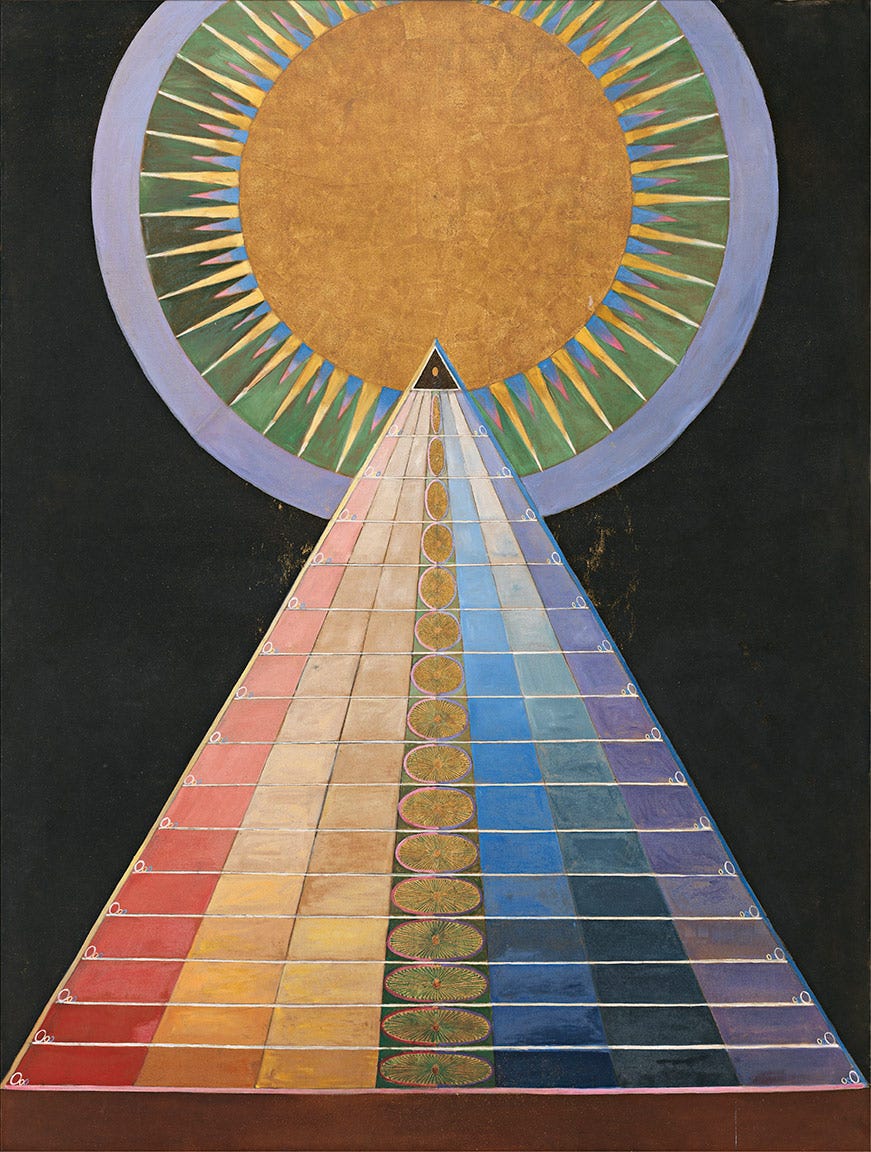
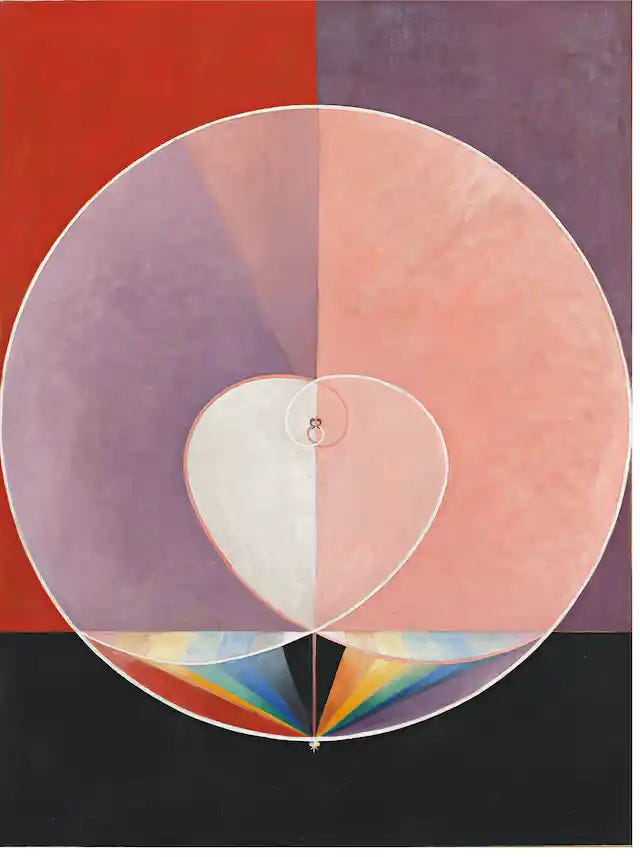
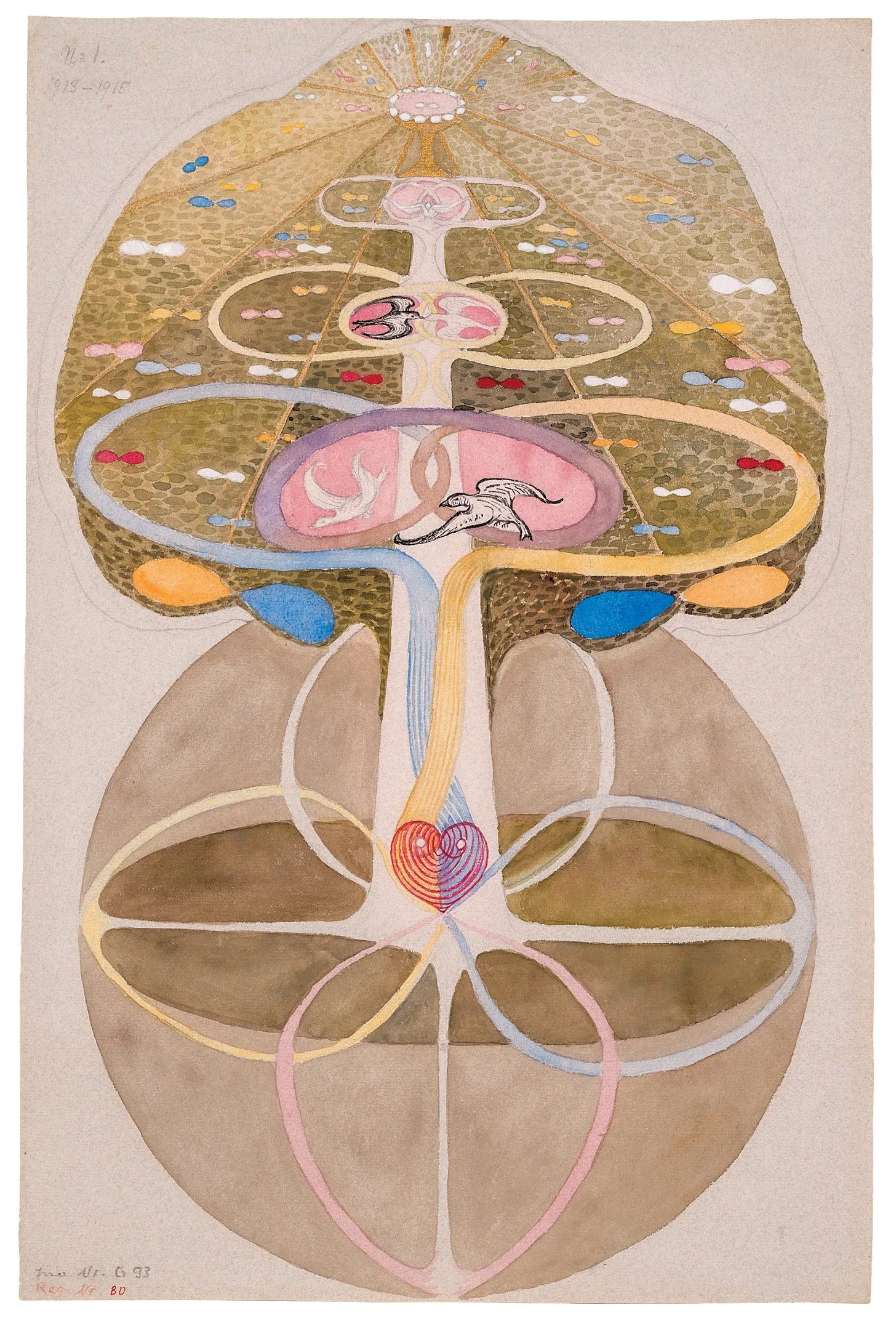
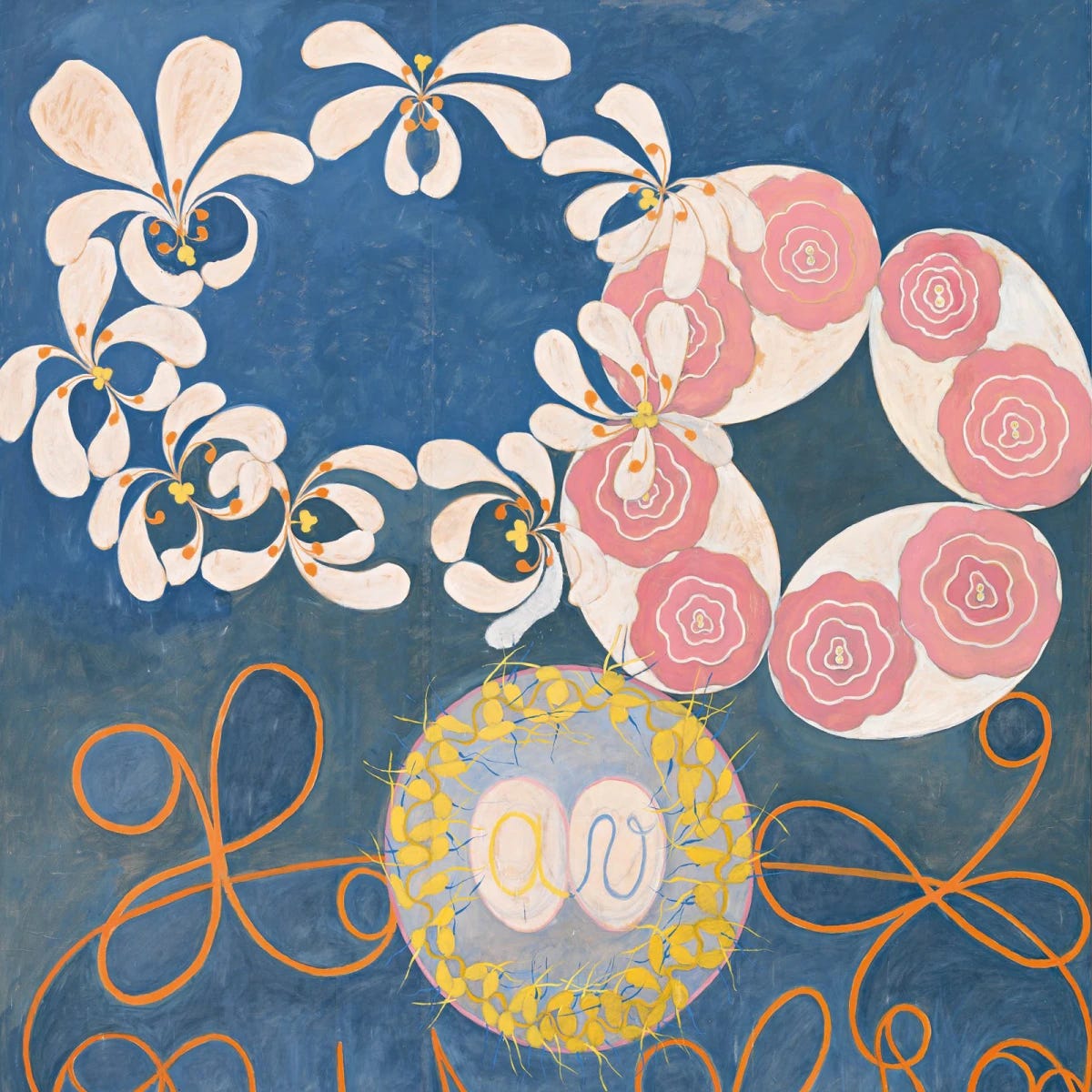
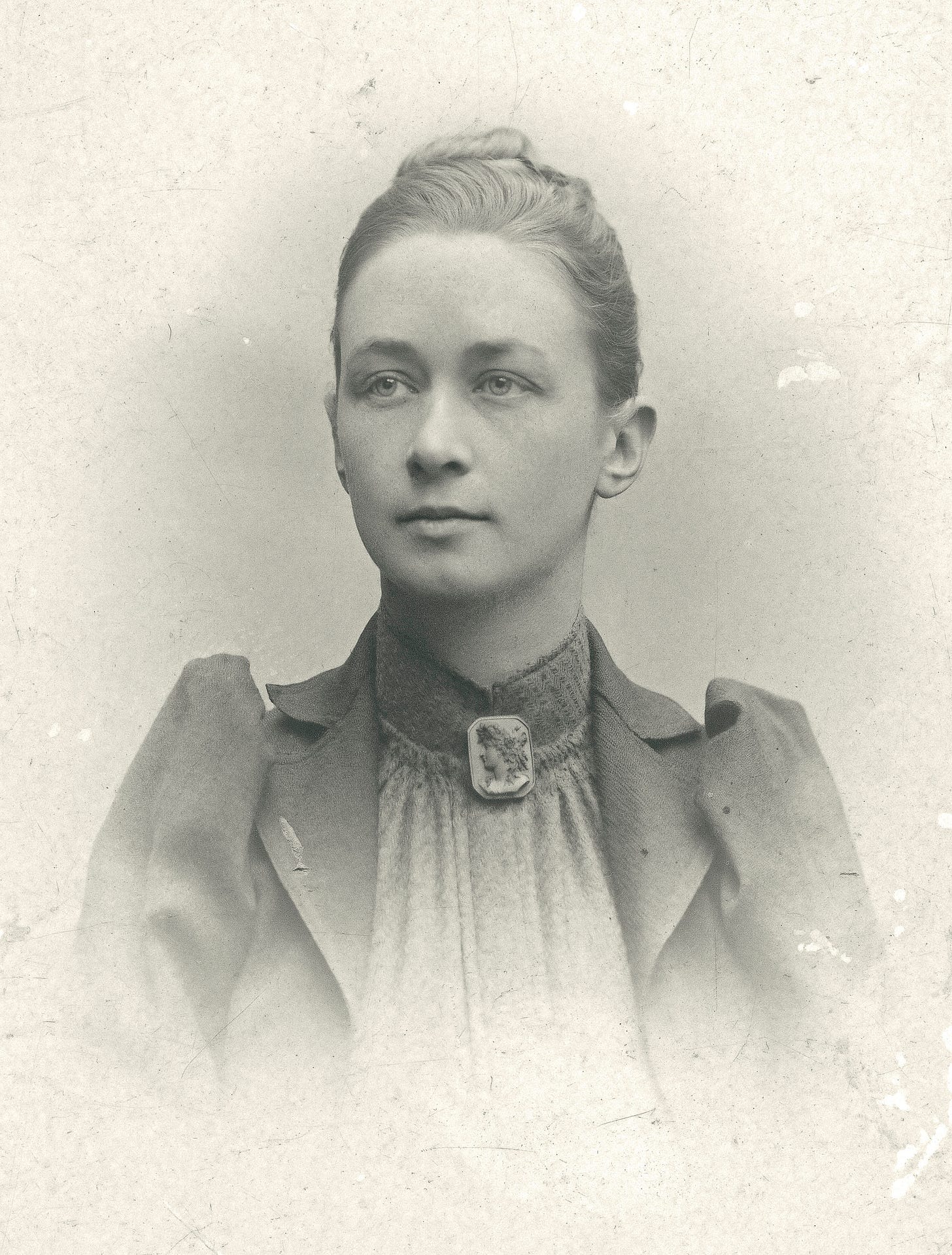
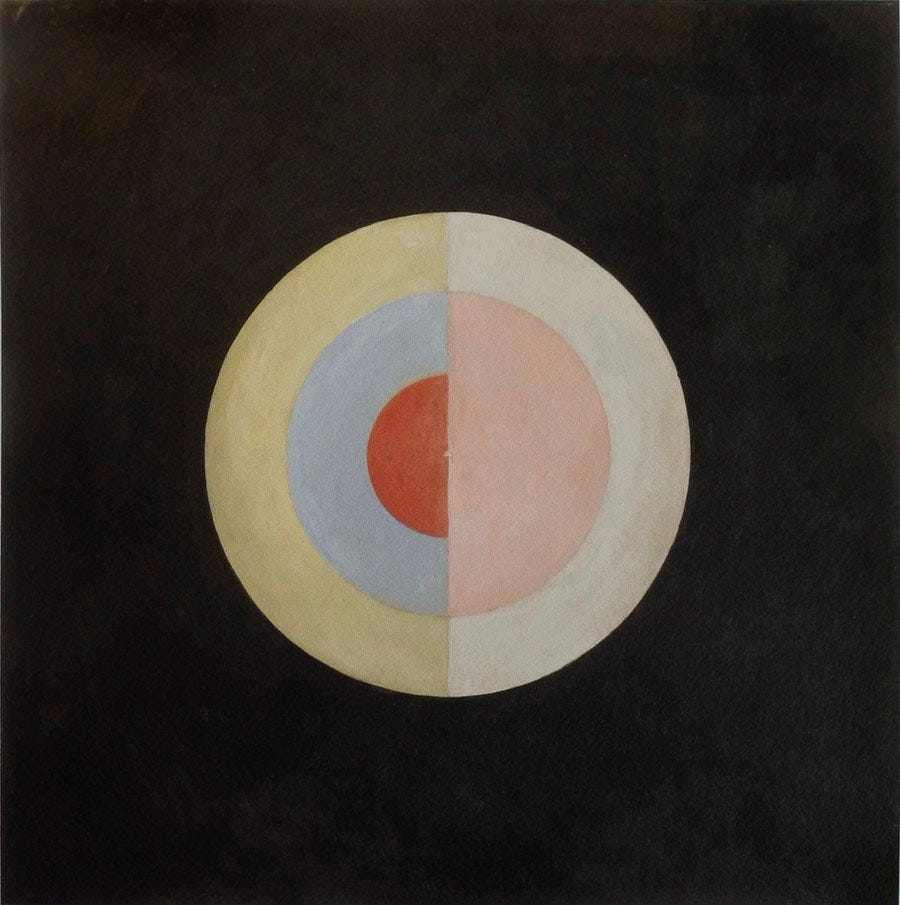
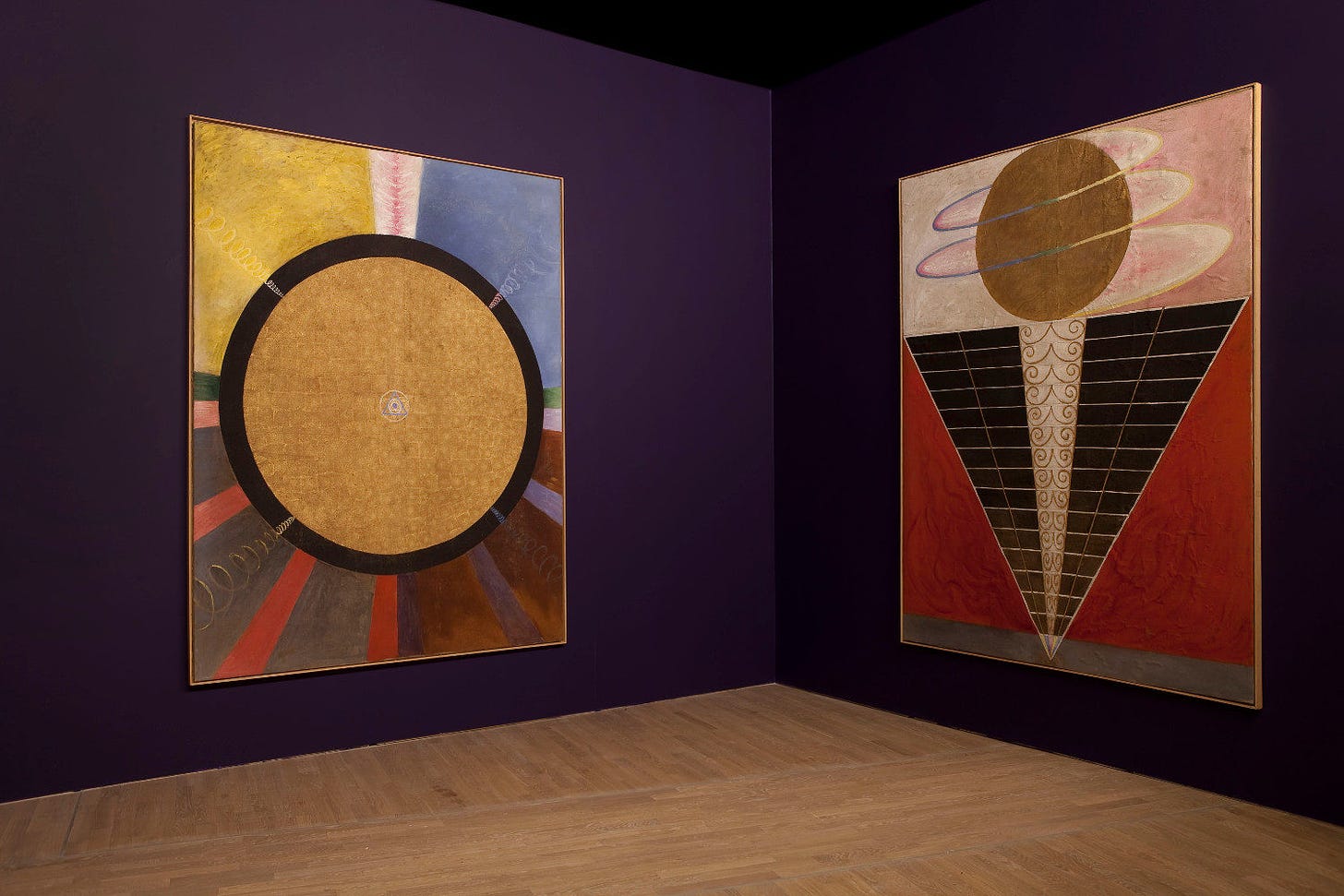
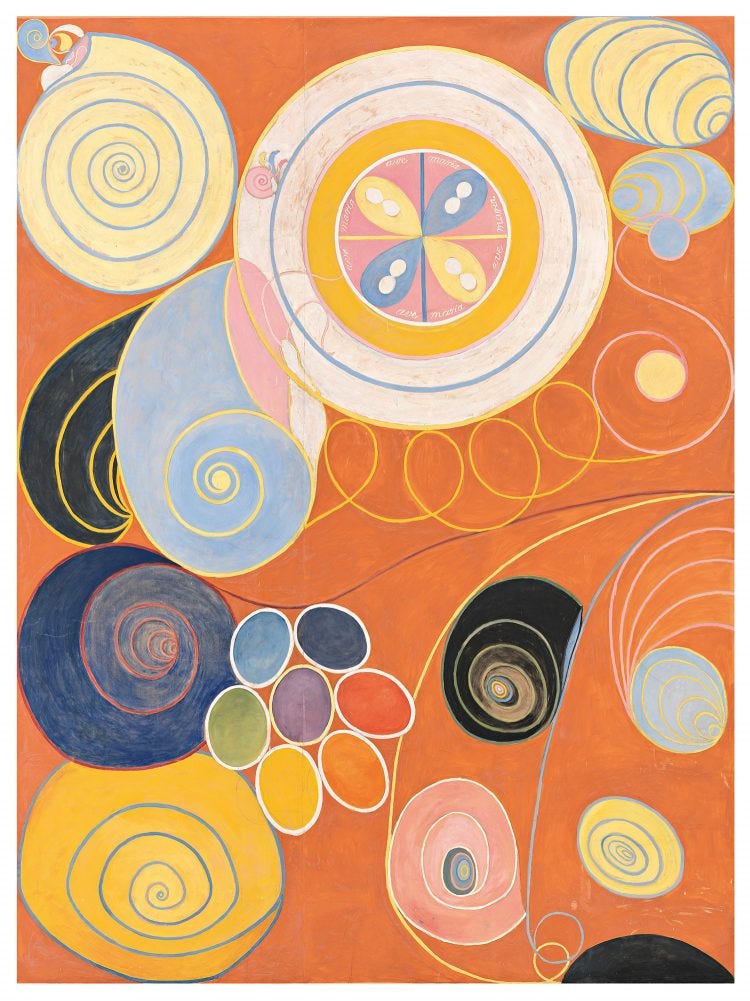
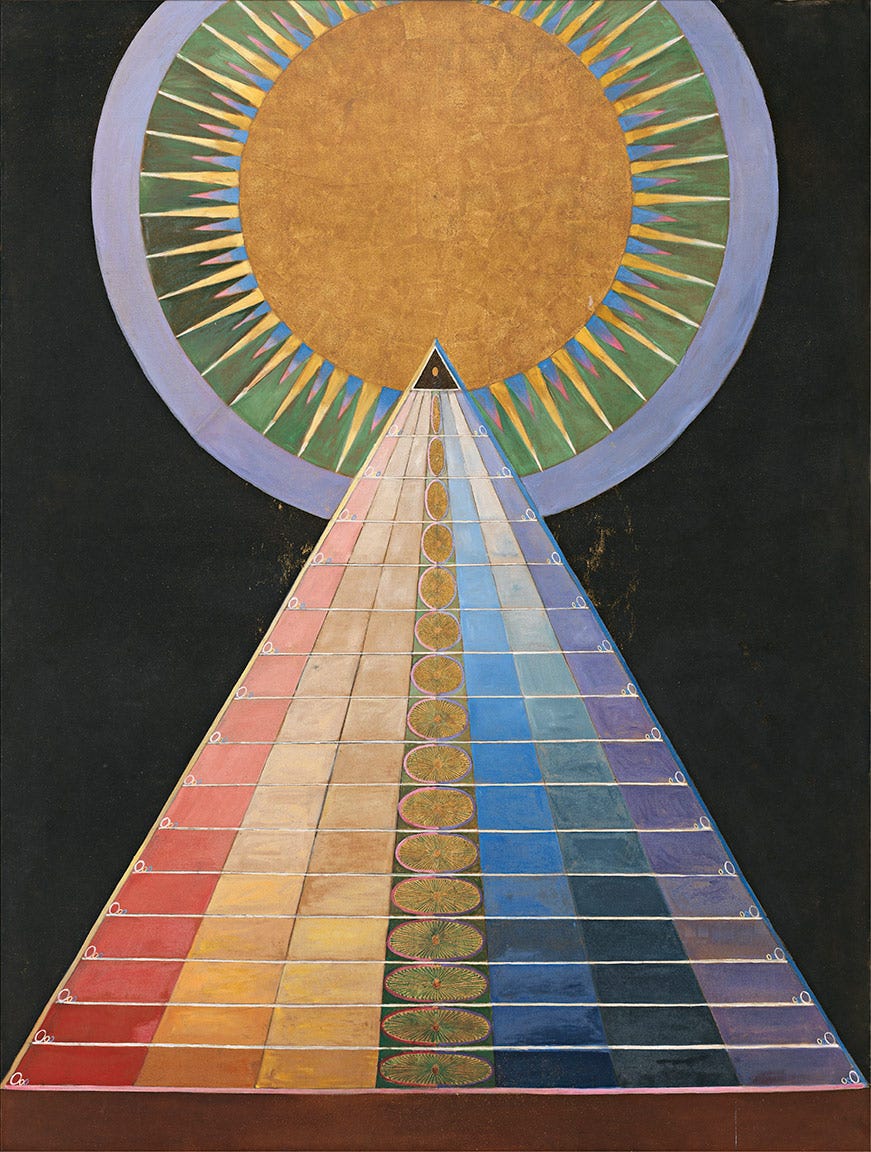
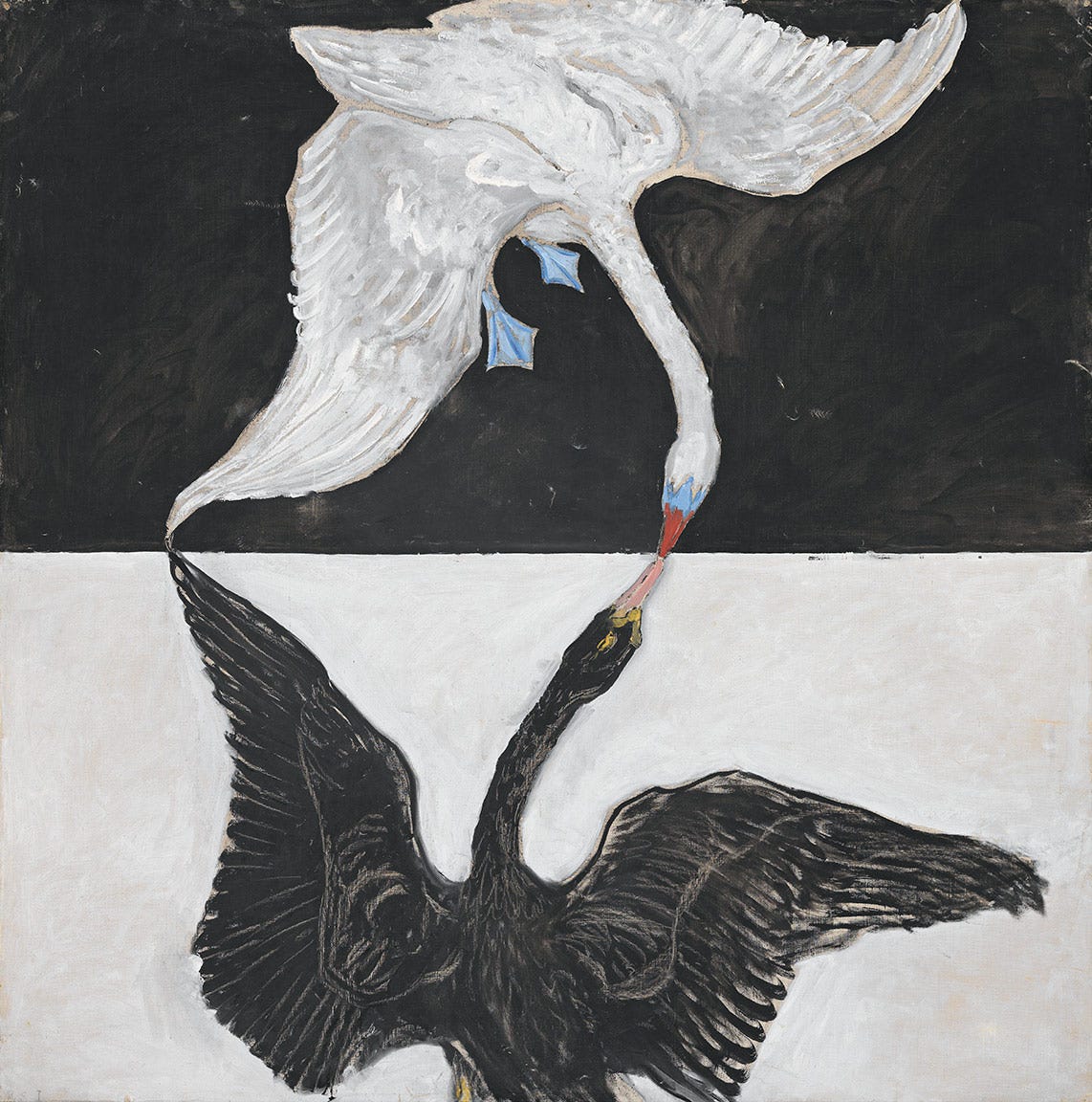
There’s some exhibitions going on at the moment https://hilmaafklint.se/exhibitions/
And some at the Guggenheim, I think x
My favourite 🥰 All her work is at the Tate Modern in London at the moment, they're co-exhibiting it with Mondrian and it's incredible. The Ten are all in one room at the end of the exhibit and it's almost overwhelming. It's amazing to see her earlier botanical work, too! I'm going (for the third time) at the weekend, can't keep myself away...